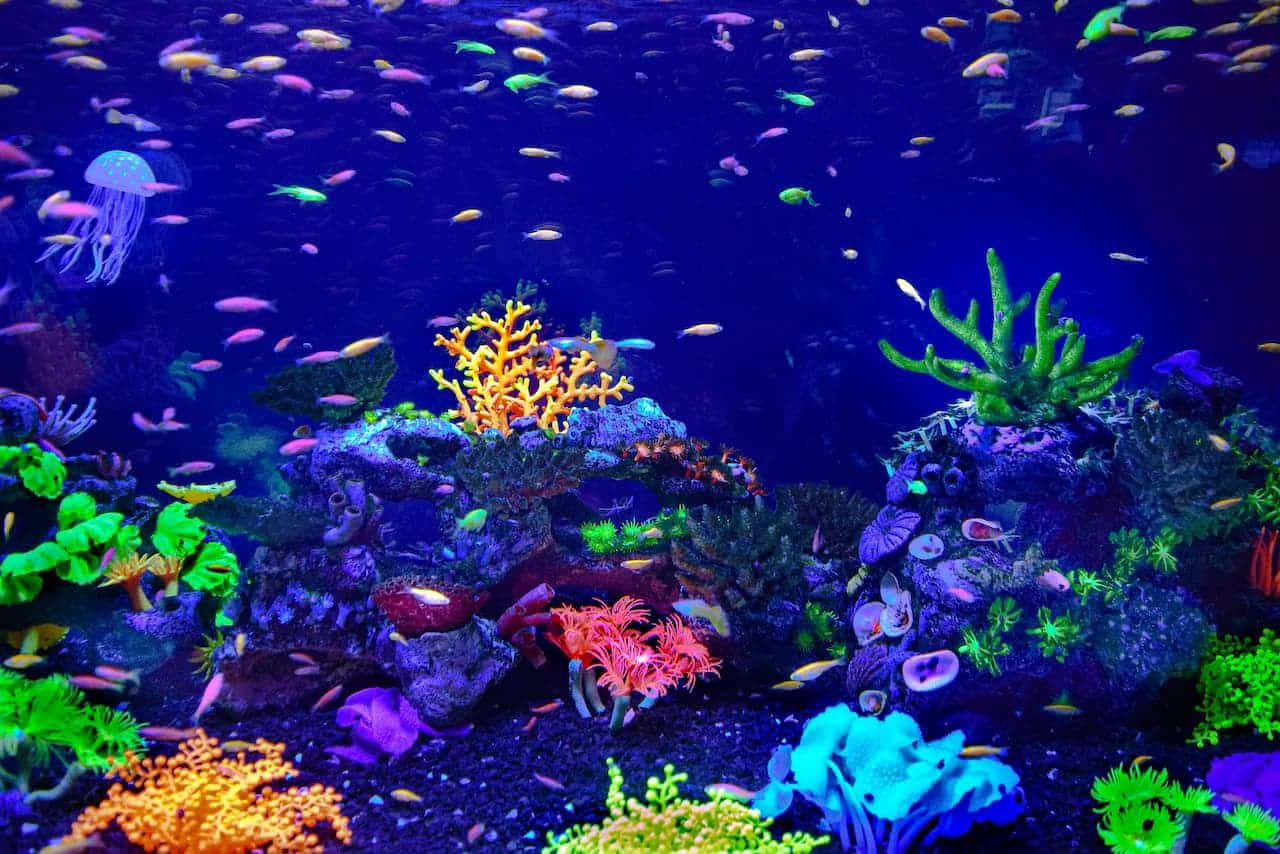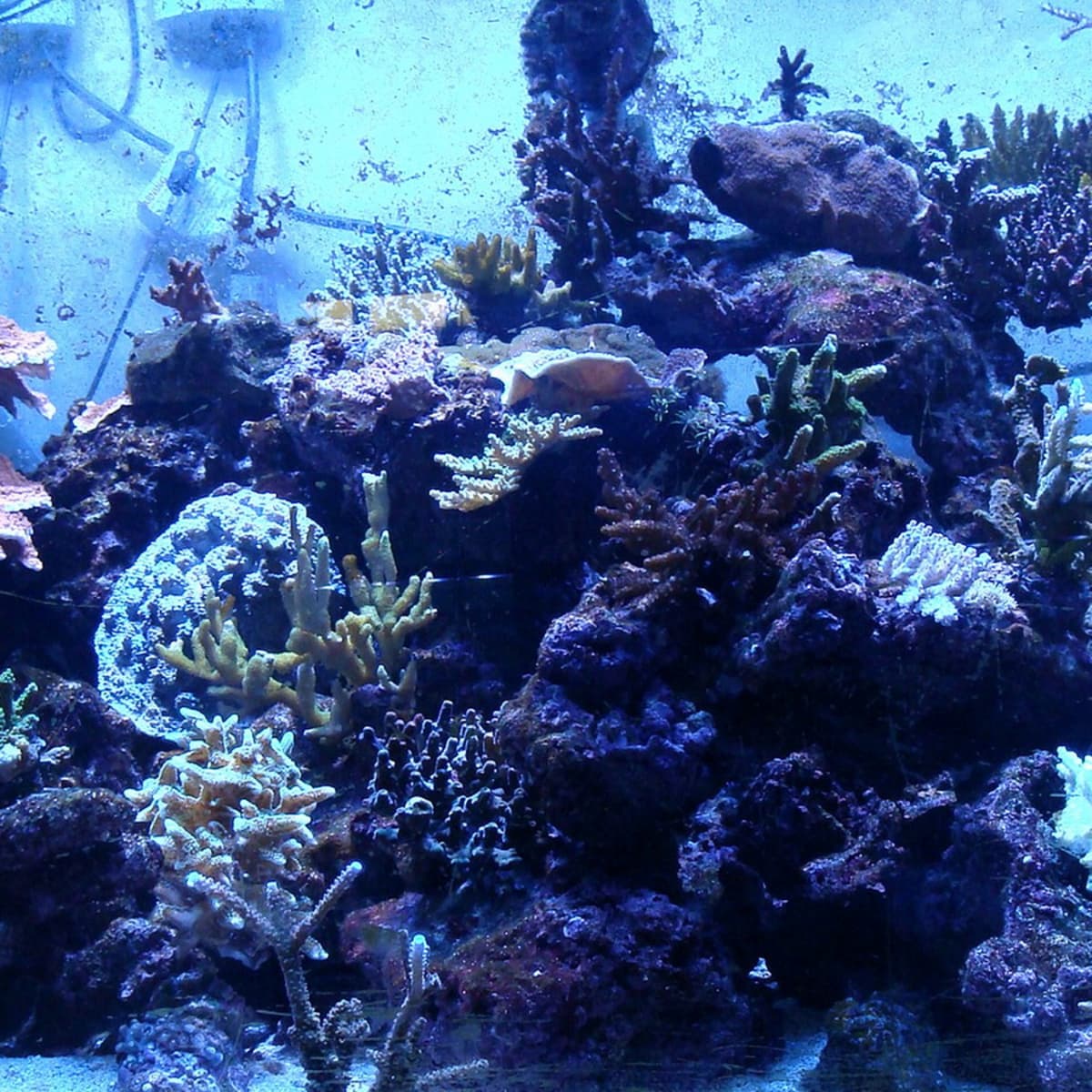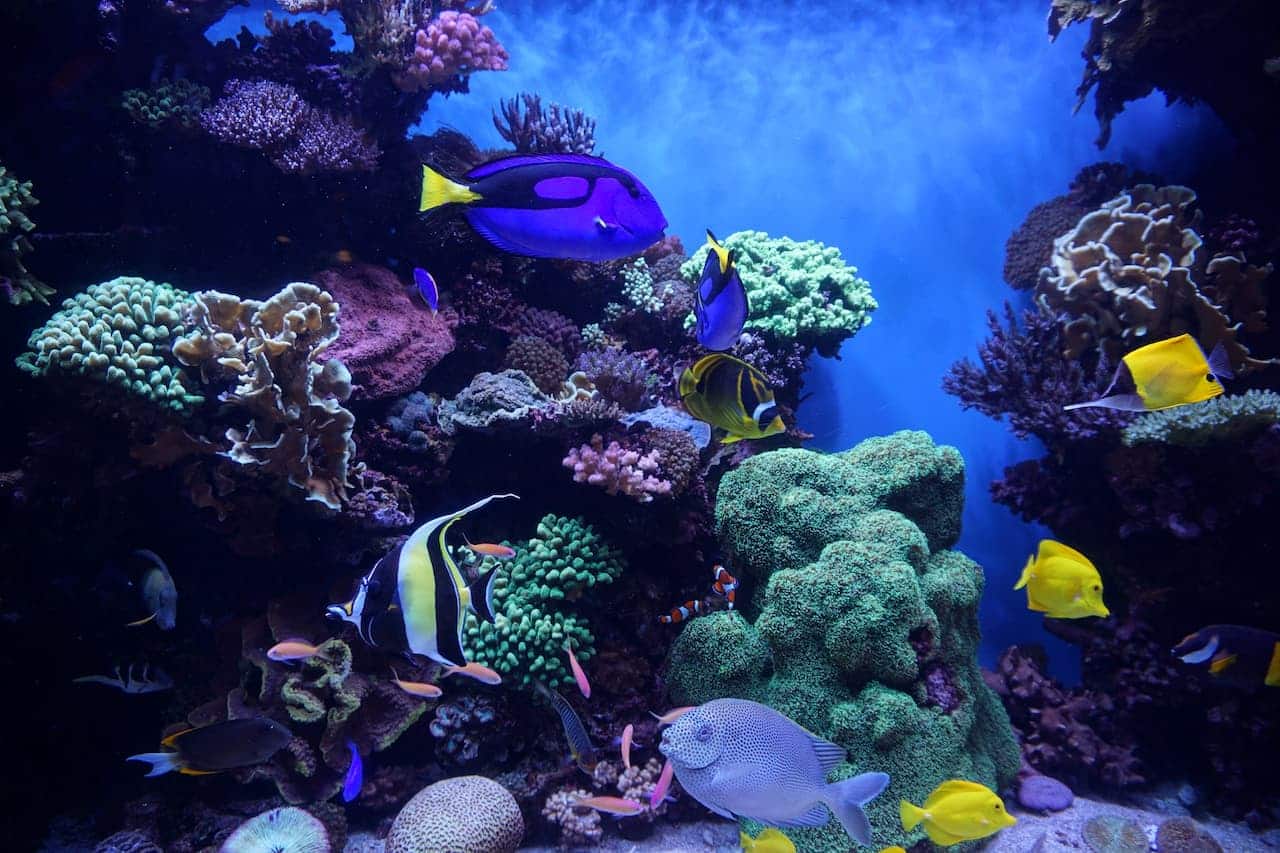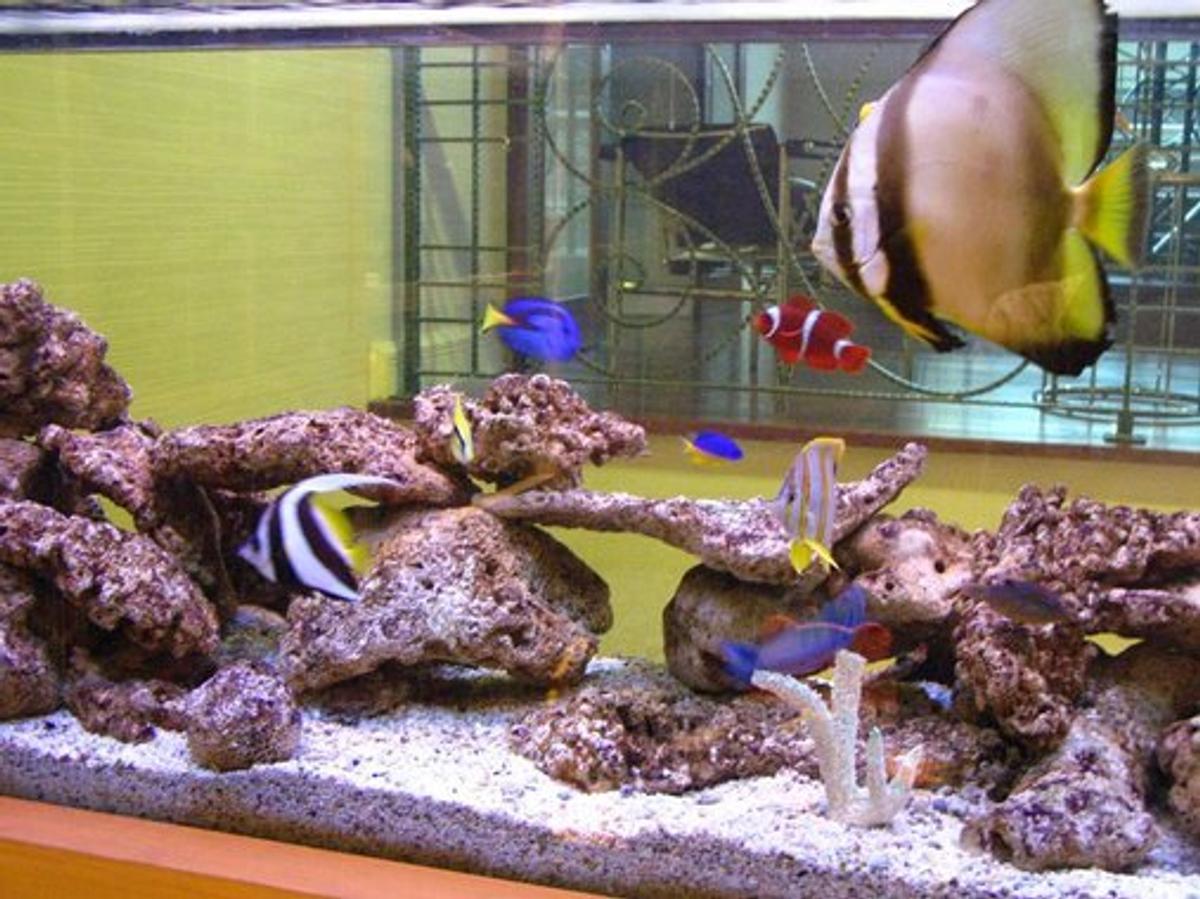Introduction: Embracing the Marine Enthusiast Within
Diving into the world of saltwater aquariums opens a gateway to a mesmerizing underwater universe, where vibrant corals sway rhythmically and exotic fish dart amidst intricate reef structures. As a beginner embarking on this journey, the prospect of creating your own slice of the ocean can be simultaneously thrilling and overwhelming. Fear not, for this comprehensive guide will navigate you through the essential steps of setting up a thriving saltwater fish tank, transforming your dreams into a reality, one carefully planned step at a time.
Choosing the Right Aquarium: Size Matters
The first pivotal decision lies in selecting the ideal aquarium for your space and ambitions. Larger tanks are generally more stable in terms of water parameters, offering a buffer against sudden changes that could stress marine life. Aim for a minimum of 30 gallons, but remember, the bigger, the better for housing a diverse ecosystem. Consider the location carefully—avoid direct sunlight, which can spur unwanted algae growth, and ensure easy access for maintenance. Once decided, invest in a sturdy stand capable of supporting the weight of a fully loaded tank, which can be upwards of 10 pounds per gallon.

Equipment Essentials: The Backbone of Your Aquarium
To mimic nature’s balance, a suite of equipment is indispensable. Start with a high-quality filter; a combination of mechanical, chemical, and biological filtration is ideal for maintaining crystal-clear water. Protein skimmers play a starring role by removing organic waste before it breaks down, thereby reducing nitrate levels and promoting a healthy environment. A heater paired with a reliable thermostat ensures a consistent tropical temperature, typically around 78°F (25.5°C), crucial for marine inhabitants. Lastly, lighting is key—while live plants and corals demand specialized LED setups that mimic natural sunlight, a basic system suffices for fish-only tanks.
Selecting Substrate and Décor: Crafting Your Aquatic Landscape
The foundation of your aquarium, the substrate, not only serves aesthetic purposes but also fosters beneficial bacteria growth. A layer of live sand, rich in microscopic life, kickstarts the nitrogen cycle and enhances biological filtration. Over this, you might add a decorative layer of larger gravel or crushed coral, which can help buffer pH levels in a reef setup. When arranging decorations, aim for a balanced layout with hiding spots for shy fish and open swimming areas. Live rock, with its intricate shapes and crevices, doubles as both a biological filter and a habitat teeming with life.

Cycling Your Aquarium: Patience Yields Reward
Before introducing any livestock, the aquarium must undergo a cycling process to establish a stable biological filter. This involves cultivating beneficial bacteria that convert toxic ammonia into less harmful nitrite, and eventually nitrate. You can kickstart the cycle by adding a small amount of fish food or using an ammonia source, monitoring ammonia, nitrite, and nitrate levels regularly with a test kit. Patience is paramount; cycling can take anywhere from several weeks to a couple of months, but rushing risks harming future inhabitants.
Stocking Strategically: Harmony in Diversity
Populate your aquarium thoughtfully, considering compatibility, adult sizes, and the specific needs of each species. Research is key; avoid impulse buys and overcrowding, as excessive bio-load can destabilize water parameters. Introduce fish gradually, starting with hardier species and allowing time for acclimation. Coral selection demands similar forethought; compatibility with lighting, flow requirements, and neighboring organisms are all factors to weigh. Strive for a balanced ecosystem where each inhabitant contributes to the overall harmony.

Maintaining Water Quality: The Key to a Flourishing Ecosystem
Regular maintenance is the lifeblood of a healthy aquarium. Weekly partial water changes, typically replacing 10-20% of the volume, dilute accumulated nitrates and replenish trace elements. Monitor and adjust salinity, pH, and temperature as needed, adhering closely to species-specific requirements. Regular cleaning of the glass, filter media, and protein skimmer ensures optimal performance. Be vigilant for signs of stress or disease in inhabitants and address issues promptly to prevent contagion.
Nutrition and Feeding: Fueling the Underwater World
A balanced diet is vital for the wellbeing of your marine life. Offer a varied menu tailored to each species’ dietary needs, including flakes, pellets, frozen foods, and live feeds for some predators. Overfeeding can lead to poor water quality, so stick to small, frequent meals that can be consumed within a few minutes. Target feeding corals and invertebrates separately to ensure they receive adequate nutrition without contaminating the water column.

Enhancing the Habitat: Aesthetics Meets Functionality
The visual appeal of an aquarium goes beyond just the residents it houses; the aquascape plays a pivotal role in both aesthetics and functionality. Design your tank layout thoughtfully, incorporating natural-looking decorations like live rocks, caves, and plants to mimic their natural habitats. Live rocks not only serve as hiding spots and territories for fish but also harbor beneficial bacteria crucial for biological filtration. Arrange your aquascaping elements to create areas of interest, varying heights, and swim-through paths to stimulate exploration and reduce aggression.
Incorporating Technology for Precision Management
Modern technology has transformed aquarium keeping, offering tools that simplify monitoring and maintenance tasks. Installing an automated system for water parameter testing, dosing of essential elements, and even feeding schedules can significantly enhance the health of your ecosystem. Smart devices such as LED lights with programmable settings cater to the specific light cycle needs of your coral and plant life, promoting growth and color vibrancy. Integrated controllers can monitor and regulate temperature, pH, and salinity, alerting you to any deviations, ensuring prompt corrective actions.

Breeding and Propagation: Sustaining Life and Genetic Diversity
For the more advanced aquarist, breeding marine life can be a rewarding experience that contributes to the conservation of certain species. Understanding the breeding habits of your chosen species is paramount. Some may require specific water conditions, lunar cycles to initiate spawning. Captive breeding not only helps sustain populations but also allows for the propagation of healthier, genetically diverse individuals. It’s a delicate process that demands patience, meticulous planning, and often specialized equipment.
Conclusion: Embrace the Journey, Cherish the Rewards
Embarking on the journey of setting up a saltwater aquarium is akin to becoming an aquarist, biologist, and artist rolled into one. It requires patience, dedication, and a willingness to learn from both successes and setbacks. Yet, the rewards are immeasurable—witnessing a thriving ecosystem unfold before your eyes, where each organism plays its part in a delicate dance of life, is nothing short of magical. Embrace the adventure, and let your ‘saltwater dreams’ become a captivating reality, enriching your home and soul with the wonders of the ocean.










